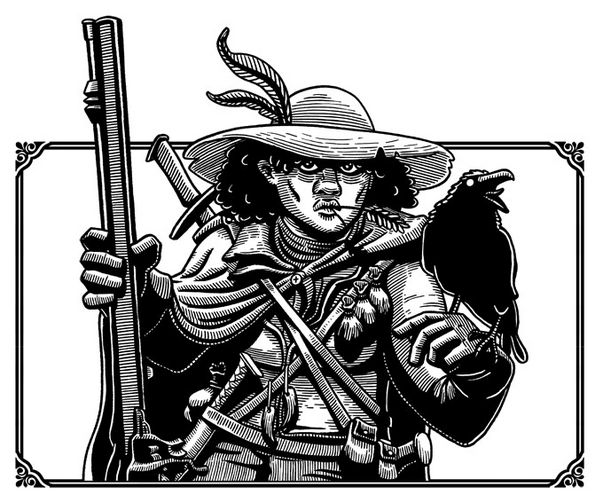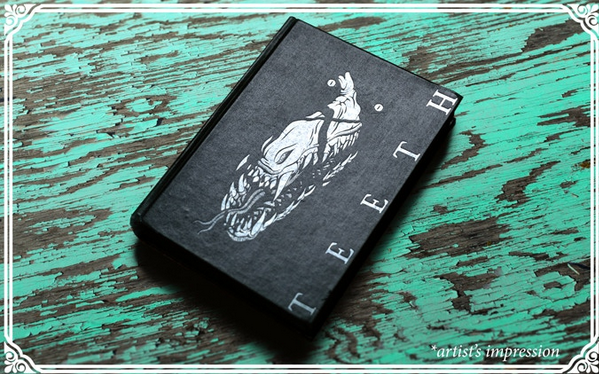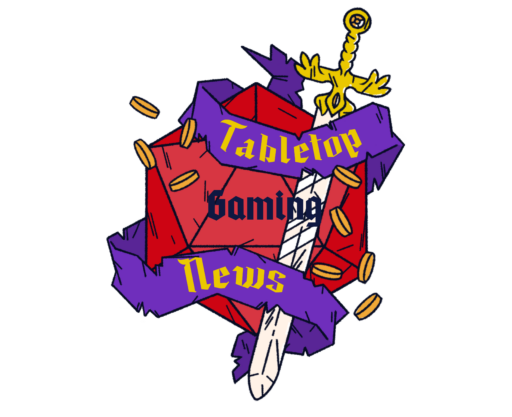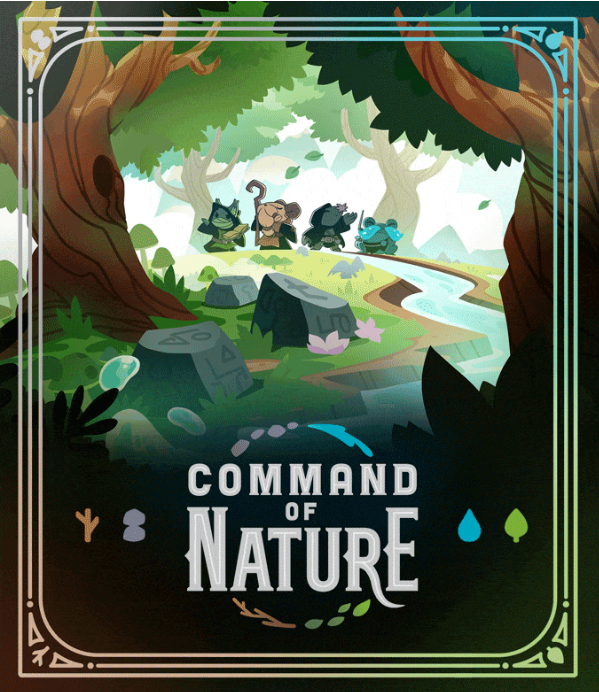TEETH: A Tabletop RPG of Occult Criminality and Monster-Hunting in 18th-Century England
TEETH is a new tabletop role-playing game that is on Kickstarter now. With over £17000 raised from a £5000 goal in just a few days, and with 27 days to go, it’s no wonder that this game is the talk of the town.
The game is set in the Vale of Deluth, a cursed corner of 18th-century England, and the players take on the roles of Hunters. These Hunters are specially trained killers, trackers and academicians, whose job it is to drive back the monstrous things that lurk in this blighted area. The game is also about occult criminality, and the players must ensure that the trade in occult artifacts remains unimpeded and the English Crown’s coffers full.

But there’s a twist. The Hunters have a secret task to perform in the Vale of Deluth that could change the fate of all England, or even the world. They must complete it before winter turns to spring, or be trapped forever. This adds an element of urgency to the game and keeps the players on their toes.
The game is written by Jim Rossignol and Marsh Davies and is bound into a fat book of 320 pages. The setting is carefully threaded with intrigues for players to follow, and there are many maps and illustrations to help bring the Vale of Deluth to life. The rules are based on the Forged in the Dark framework, which has been adapted to emphasize investigating occult incursions, hunting unspeakable monstrosities, developing revolting mutations, and fomenting insurrection.

One of the standout features of TEETH is the artwork. The book is heavily illustrated in Marsh Davies’ striking black-and-white style, which is partly inspired by etchings and woodcuts of the period, but mostly just his own, weird thing. The nine maps and other diagrams are also supplied separately in full color as high-resolution downloadables, along with a PDF version of the book itself, and other digital resources.







